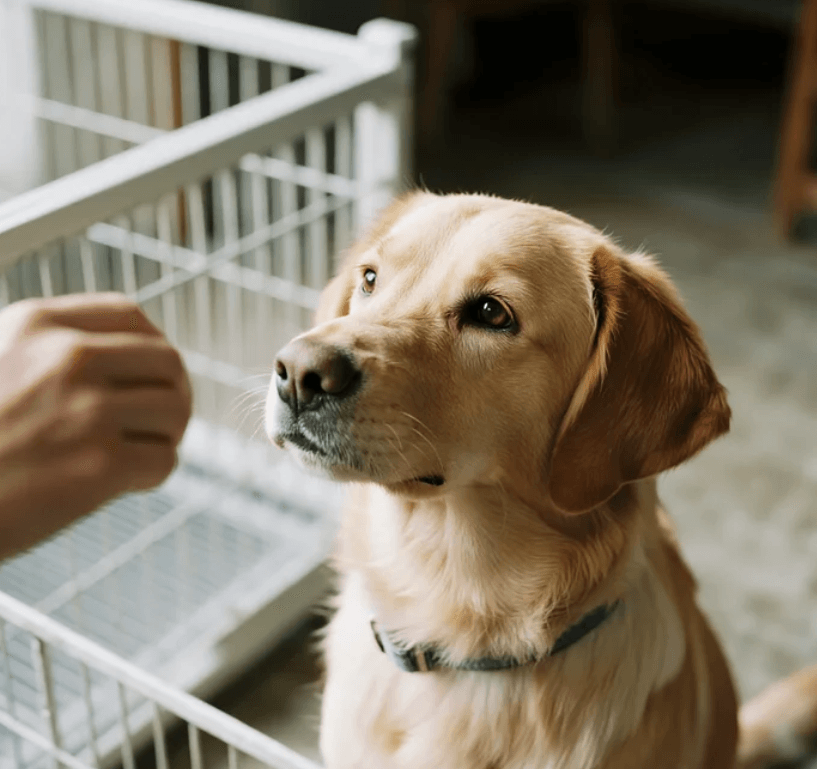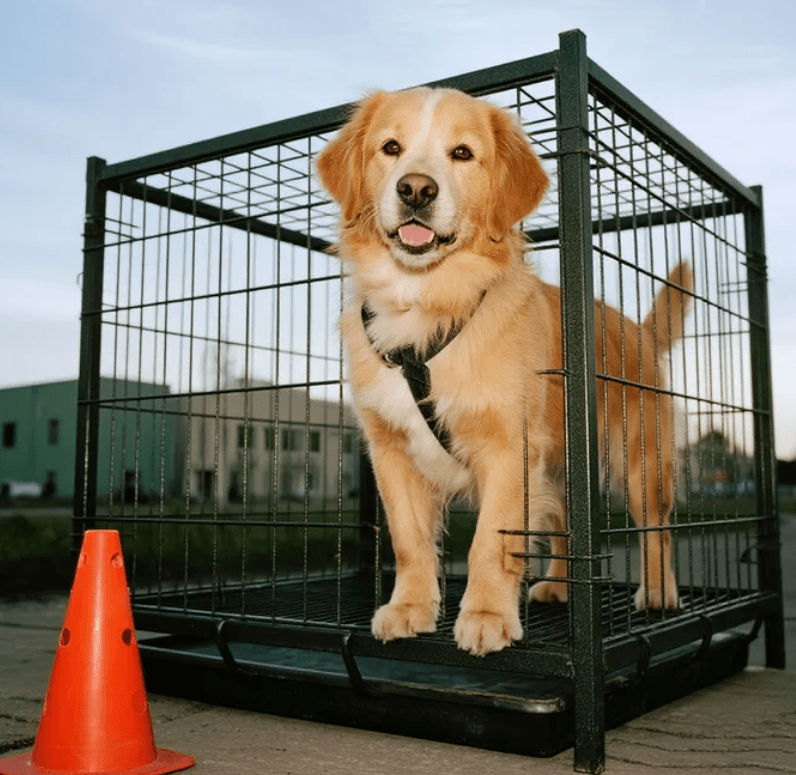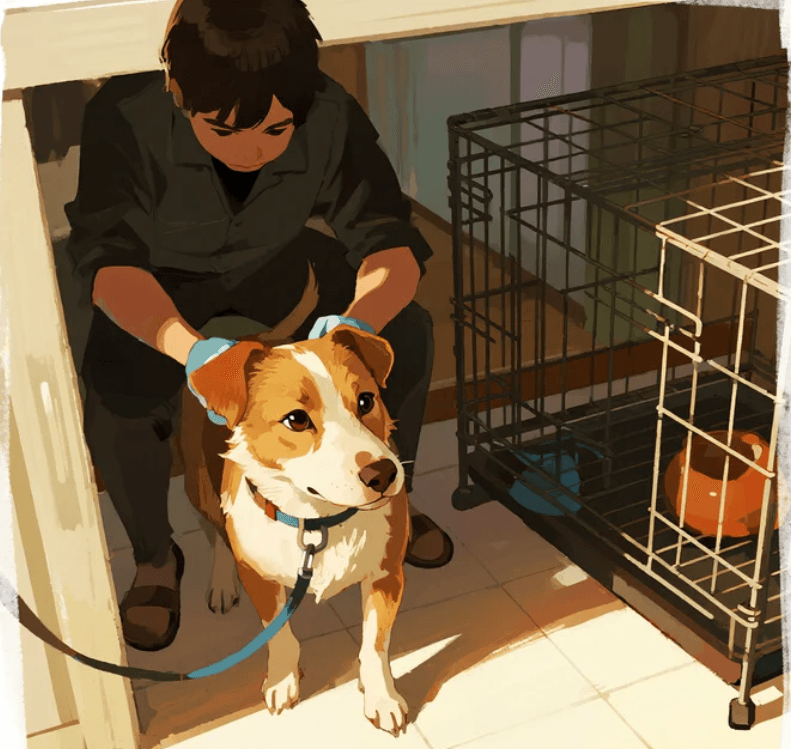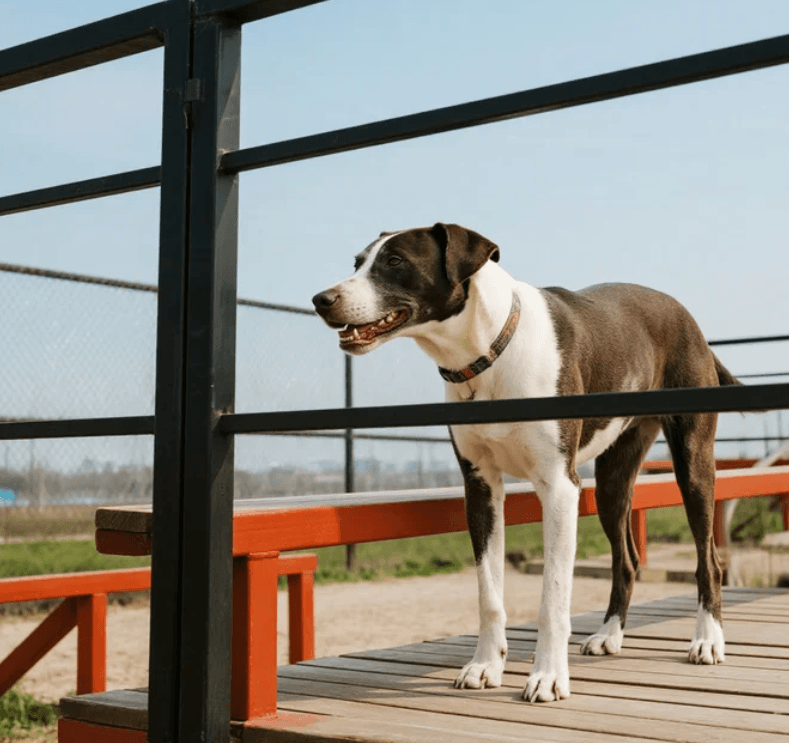How to Crate Train an Older Dog with Separation Anxiety – Step-by-Step Guide

How to Crate Train an Older Dog with Separation Anxiety
Crate training an older dog with separation anxiety may seem like a daunting task, especially if your furry friend has already developed strong habits and attachments. But the good news is that with patience, the right strategies, and plenty of love, it is entirely possible to help your older dog feel safe, secure, and comfortable in a crate, even when you're not around.
In this guide, we’ll explore effective methods for crate training a senior dog who struggles with being left alone. Whether you're dealing with destructive behavior, excessive barking, or general distress, these crate training strategies are designed to ease your dog’s anxiety and strengthen your bond.
Why Crate Training Helps with Separation Anxiety
For dogs with separation anxiety, a crate can act as a den-like sanctuary—a familiar and secure space they can retreat to when left alone.
When used correctly, crate training doesn’t imprison your dog—it liberates them from fear and confusion by providing predictability and comfort.
Here’s why crate training can be helpful:
- Creates routine: Dogs thrive on structure and consistency. Crate training introduces a predictable routine.
- Provides a safe zone: A crate can serve as a calming retreat during stressful moments or while you're away.
- Reduces destructive behavior: When your dog feels safe, they’re less likely to chew furniture or soil the house out of panic.
Step 1: Choose the Right Crate for an Older Dog
Not all crates are created equal, especially for older dogs. Here’s what to consider:
- Size: Your dog should be able to stand up, turn around, and lie down comfortably.
- Comfort: Add orthopedic bedding or memory foam if your dog has joint issues.
- Type: Wire crates with covers, plastic travel crates, or soft-sided crates are all options. Choose based on your dog’s preferences and anxiety level.
- Location: Place the crate in a quiet, cozy area of the home but not too isolated.
Step 2: Introduce the Crate Slowly and Positively
Older dogs are more set in their ways, so don’t rush the introduction. Let them investigate the crate at their own pace. Here's how:
- Keep the crate door open and allow your dog to sniff and explore.
- Place high-value treats, toys, or a favorite blanket inside.
- Feed meals near or inside the crate to build positive associations.
Never force your dog into the crate, as this can reinforce anxiety. Think of the crate as a “happy place,” not a punishment zone.
Step 3: Gradual Crate Training Exercises
Start with short, positive crate sessions and gradually increase the time your dog spends inside. Here’s a sample training schedule:
- Day 1–2: Sit next to the crate while your dog lies inside with the door open.
- Day 3–4: Close the door for 1–5 minutes while staying nearby, then gradually walk away.
- Day 5–7: Leave the room briefly, then return and reward calm behavior.
Each step should be repeated several times before moving on. Only advance when your dog appears relaxed at each stage.
Step 4: Addressing Separation Anxiety Triggers
Older dogs with separation anxiety may panic not because of the crate, but due to the act of being left alone. To address this:
- Desensitize departure cues: Pick up your keys, put on your shoes, or grab your coat—then don’t leave. This helps remove the emotional trigger.
- Practice mini-departures: Leave for a few minutes and return before your dog gets anxious.
- Stay calm during departures: Don’t make a big fuss when leaving or returning.
Separation anxiety is often more about your departure than the crate itself. Your energy and behavior matter.
Step 5: Use Calming Aids and Enrichment
For dogs with moderate to severe anxiety, calming tools can be a game-changer. Consider the following:
- Adaptil diffuser or collar: Pheromone products that mimic a mother dog’s scent can reduce anxiety.
- CBD oil (veterinarian-approved): Helps calm the nervous system naturally.
- Calming music or white noise: Background noise can help mask outdoor sounds that might startle your dog.
- Food puzzle toys: Keep your dog mentally stimulated while in the crate.
Step 6: Be Consistent and Patient
Consistency is critical when crate training an older dog with separation anxiety. Stick to regular routines, avoid emotional reactions, and always reward calm behavior. Over time, your dog will learn to associate the crate with safety rather than stress.
Signs you’re making progress:
- Your dog willingly enters the crate without coaxing.
- They remain calm when left alone for short periods.
- Less destructive behavior or vocalization when created.
If setbacks occur, revisit earlier steps. Regression is normal, especially with older dogs who have ingrained behaviors.
Step 7: Know When to Seek Help
If your dog’s separation anxiety is severe—such as self-harming, incessant barking, or soiling the crate—you may need professional help:
- Veterinarians: Rule out medical causes for anxiety or provide medication options.
- Certified dog trainers: Especially those who specialize in anxiety-based behaviors.
- Canine behaviorists: They can create a customized behavior modification plan.
Crate training isn’t one-size-fits-all, especially when anxiety is involved. Tailor your approach to your dog’s age, temperament, and medical needs.
Additional Tips for Older Dogs with Anxiety
Here are some extra ideas to support your training:
- Use a crate cover: A breathable cover can create a den-like feeling and block visual stimuli.
- Maintain physical activity: Older dogs still need walks and mild play to release excess energy.
- Use scent association: Sleep shirts with your scent can provide comfort.
- Nighttime routines: Keep the crate close to your bed initially for reassurance.
With consistency, love, and the right tools, even senior dogs with anxiety can become confident, crate-comfortable companions.
Conclusion: Patience and Positivity are Key
Crate training an older dog with separation anxiety is a process that demands patience, understanding, and a lot of heart. But the results are worth it—reduced anxiety, better behavior, and a happier dog who feels secure even when you’re not there.
Remember: never use the crate as punishment, always make it a positive space, and monitor your dog’s reactions closely. Each dog is unique, and training success depends on adapting to their pace and needs.
By following the steps above, you’ll help your older dog rediscover peace of mind and build trust that lasts a lifetime.
 Related Articles
Related Articles





